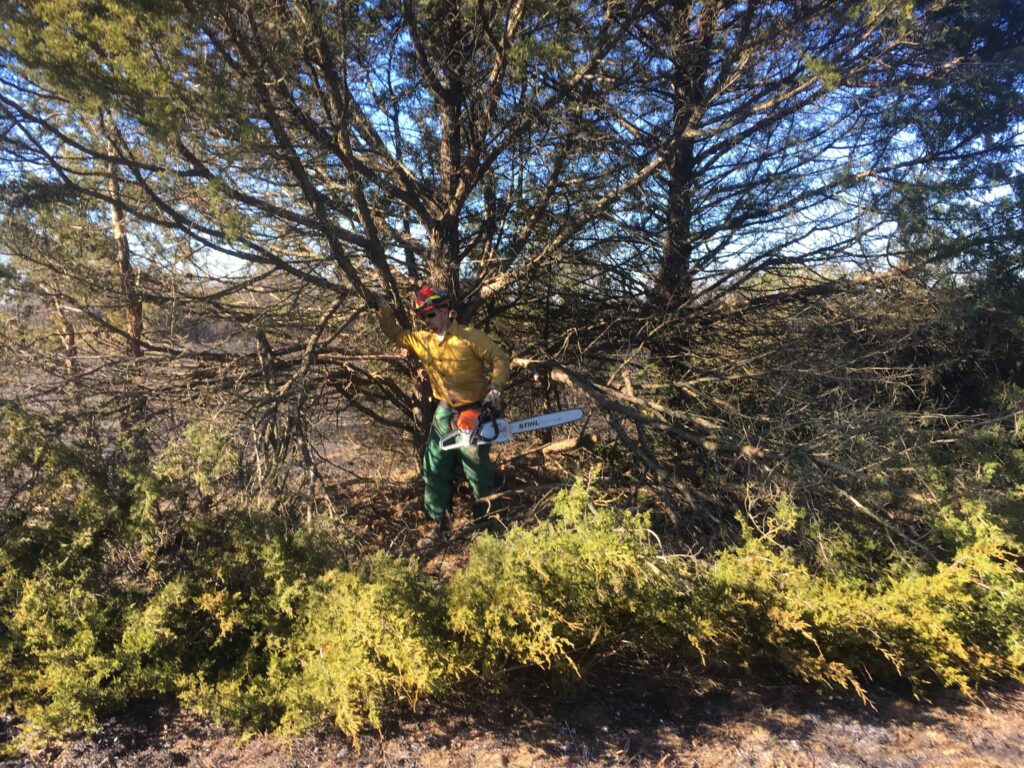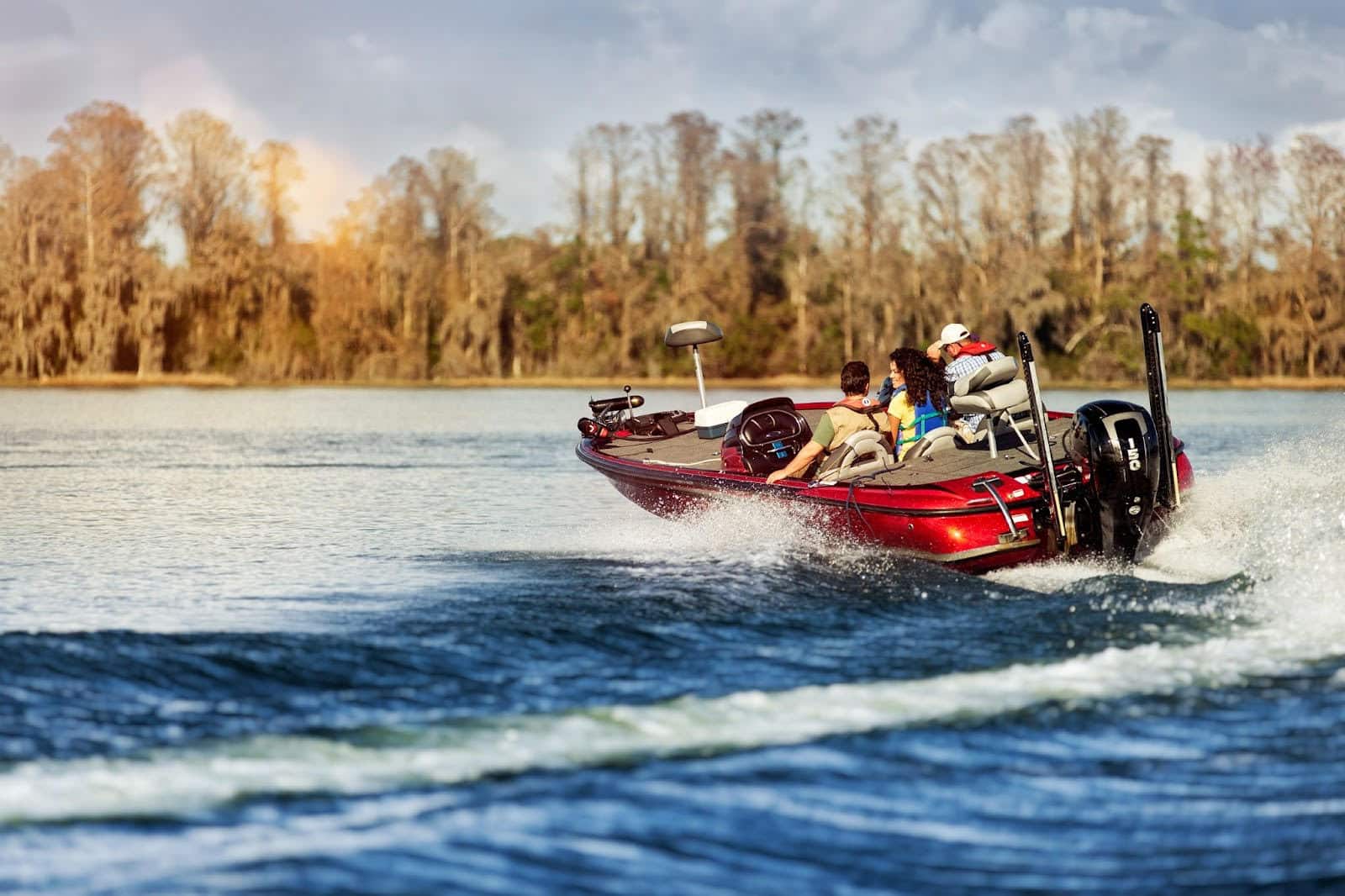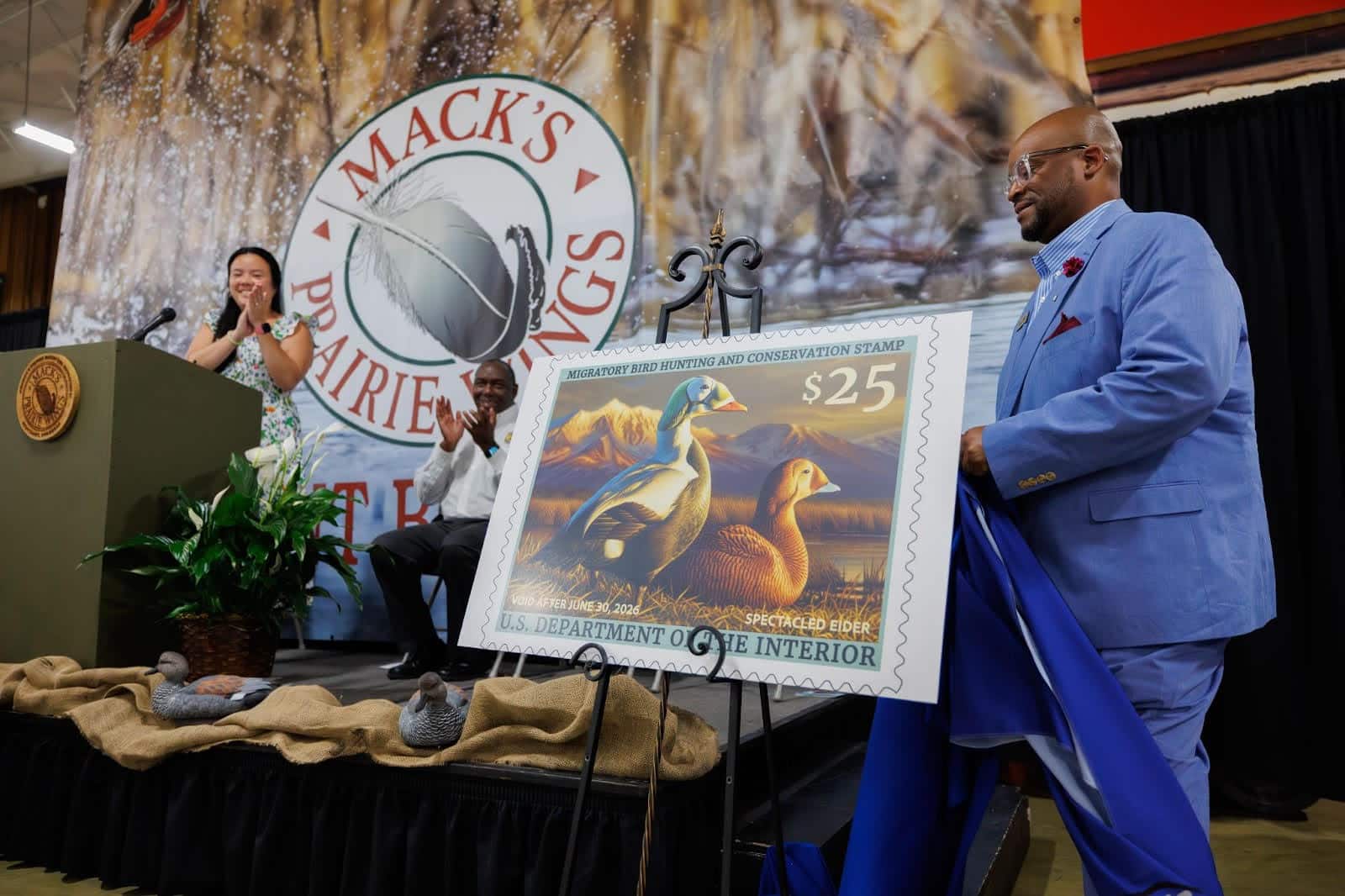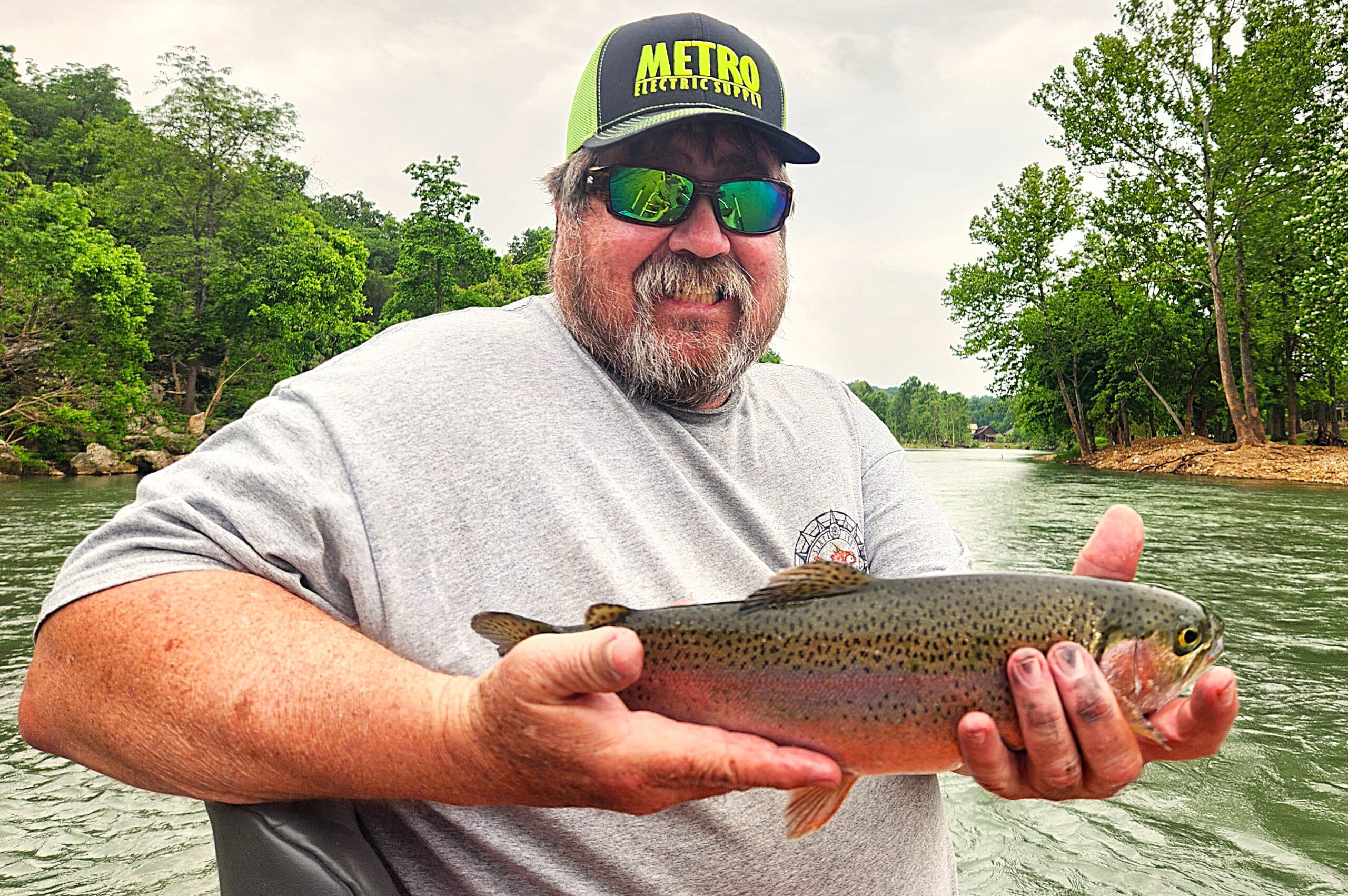Quail Habitat
Quail require nesting cover, brood rearing cover, escape cover and roosting cover over a year’s lifecycle.
A quail pair can, with adequate cover, produce up to three broods each season (typically from April to mid-summer). Poor quail habitat will lack diverse vegetation and instead contain only thick grasses. This would prevent the occurrence of bare ground and native forbs, which would provide seed, attract insects and allow for maneuverability to forage within the vegetation. There is no shrubby/brushy escape cover within sight, and the vegetation is about 3-4 inches tall, now allowing for adequate overhead cover to conceal quail from predators and the elements
Good quail habitat has (1) a diverse composition of grasses providing nesting cover, (2) native forbs for brood-rearing cover, (3) shrubs/small saplings providing escape cover and spread fairly evenly throughout stand, (4) and bare ground within the understory of the pine trees. Vegetation is tall enough to provide overhead cover, yet has enough bare ground to allow adults and chicks to maneuver beneath to forage and escape predation. Below is a monthly calendar of efforts landowners can incorporate to improve habitat on their property for quail that will also benefit other wildlife
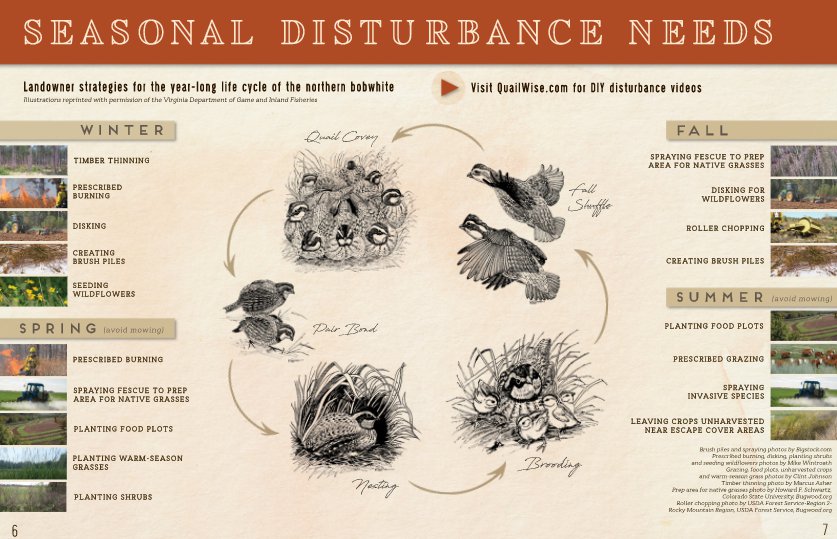
Bobwhites prefer a combination of open woods, thickets and native grasses and weeds that create an understory of sparse ankle- to waist-high vegetation. This allows food, shelter from the elements and cover from predators, while retaining the quails ability to fly away quickly in case of danger.
Bobwhites rarely range more than a quarter mile in suitable habitat. They require little space to survive, and feeding ranges of groups may overlap. They eat a variety of seeds and insects, depending on the quail’s age and the season. During spring, insects are the bobwhite’s primary food source. Throughout summer and fall, berries, seeds and insects make up the bobwhite’s diet. By winter, insects are gone, and grass seeds and small acorns take over the quail’s diet.
Seasonal Disturbance Needs
Landowner strategies for the year-long life cycle of the northern bobwhite.
Spring
As spring arrives, bobwhites reduce their use of woody cover to favor native grasses and forbs.
Chemically treat fescue in fields to free up space for native vegetation. Fescue becomes active before most native species, so application of grass-selective herbicides will result in little damage to native plants. Prepare fields to plant native warm-season grasses and forbs. Seed mixes that are dominated by forbs (as much as 90%) and contain a high diversity (20-50 species) are best for quail. Native grasses provide better overhead cover and patches of bare ground quail need to maneuver through relatively undetected. Forbs provide year round sources of food, from attracting insects in the summer to providing seeds in the winter.
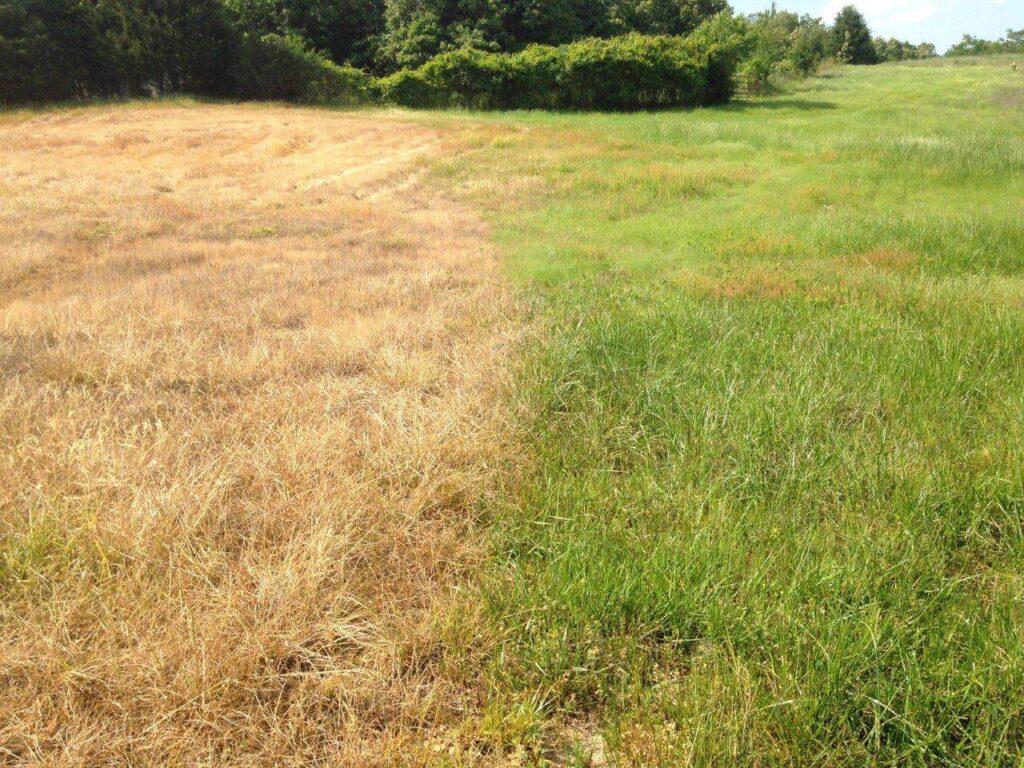
Conduct prescribed burns on cool-season grass fields (fescue) to reduce the density of grass composition.
Do not conduct prescribed burns on native warm-season grass fields after March. The grass will be stimulated by the fire and become too dense for quail to maneuver.
Take soil samples in areas where spring food plots will be located. Prepare areas by applying fertilizer and lime according to soil test results. Disk area to incorporate materials into soil.
Spray fescue and other non-native grasses to prepare pastures for conversion to native warm-season grasses.
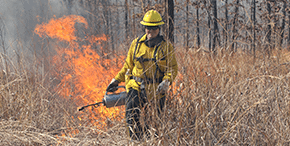
Conduct breeding bird counts each year to gauge relative abundance of quail on your property. Male bobwhites ramp up calling during May and June.
Avoid mowing established fields until August, as quail are sitting on nests. On average nest success is only about 33 percent.
Monitor recent native grass and forb plantings for issues. Invasive species like Johnson grass, Bermuda and sericea lespedeza can be treated with spot herbicide application before they take over.
Conduct non-commercial thinning in the woods while trees are easily identified, but before summer heat sets in. Cedars can be cut or double girdled with a chainsaw and do not need herbicide, because they do not resprout. Undesirable hardwoods like elm, sweetgum and hickory can be killed with hack and squirt methods or cut with a chainsaw, followed by herbicide application to the stump.
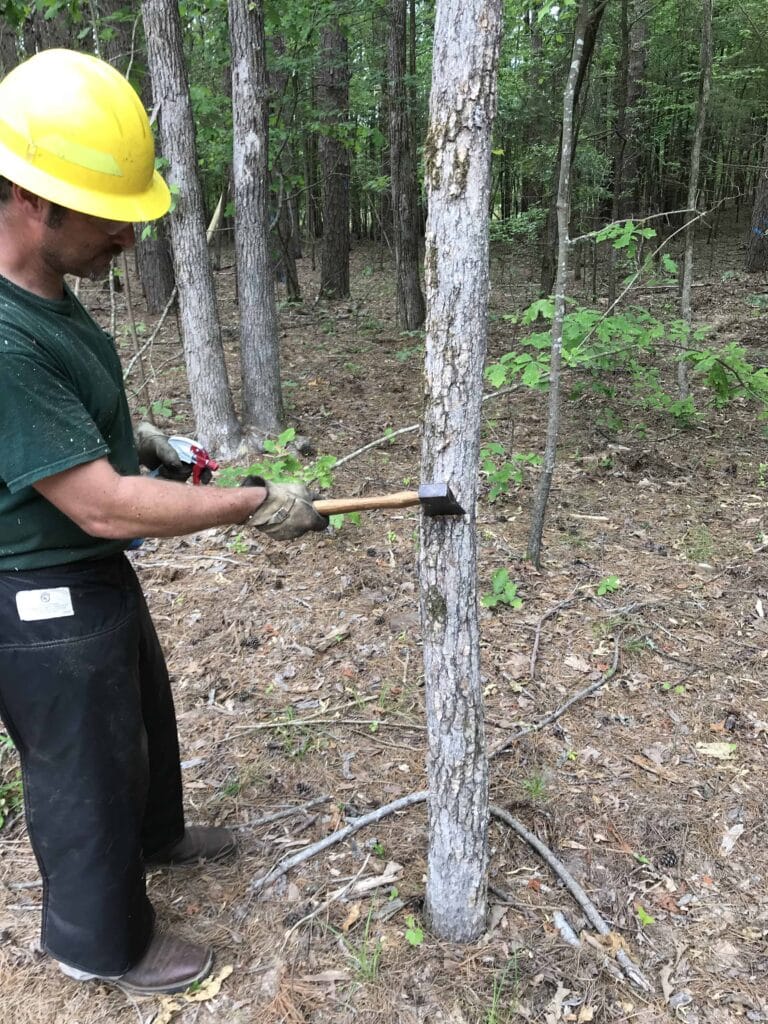
Summer
Quail are hatching from June until October, so be careful when working in quail habitat. Nesting is most likely in fields that were burned in the last year. Fields that have not been treated in 2 or more years have a low likelihood of nesting quail.
Weedy areas with at least 30 percent bare ground are critical during this time of year as quail chicks’ diets are 85 percent insects, which are attracted to forbs such as ragweed and black-eyed Susan. Bare ground lets small chicks move around and forage under the canopy of cover.
In areas dominated by grass (more than 40% cover) with low bare ground (below 30%), grass selective herbicides are effective at increasing forb cover over time.
This is a good time to spray firebreaks you know you will use in the next year to keep vegetation levels low.
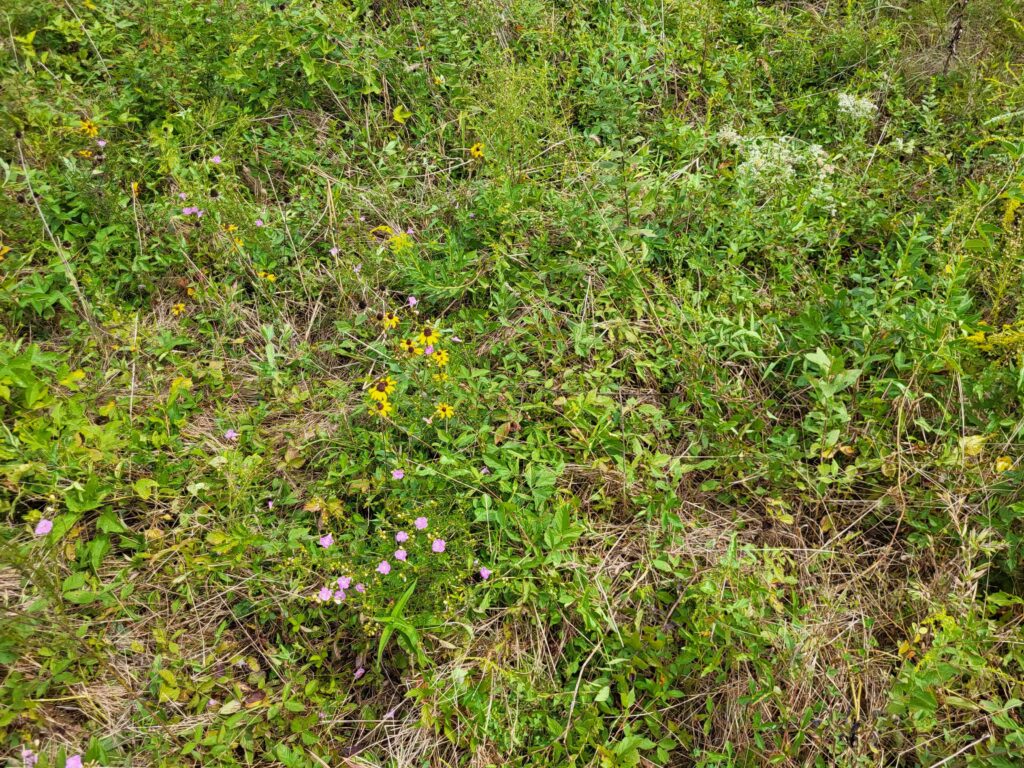
Avoid mowing this month as quail are still nesting. Male bobwhites incubate a quarter of all nest attempts and are more likely to sit on eggs later in the nesting season.
If you must hay or mow, set the mower high so that you leave at least 6-8 inches of height on vegetation. This will leave some cover for quail and their chicks. Another good practice is to leave a 100-foot wide border unmowed around the edge of your hayfield to keep some cover for nesting and brood-rearing.
Fruits such as blackberries, raspberries and pokeberries begin to ripen this month and provide a good food source and excellent overhead cover for quail. Resist the temptation to spray these species often labeled “weeds” or “brush.”
Temperatures reach over 100 degrees this month and can remain constant until fall. Leave and/or create thickets of shrubby vegetation, such as plum, elderberry, sumac, hazelnut, chokecherry, witch hazel, gray/rough leaf dogwood, or false indigo bush. The thickets should be at least 315 square feet. These species grow in such a way that a large amount of leafy canopy provides essential shade and protection from precipitation. The combined overhead cover and high stem count of these thickets creates a near impenetrable barrier for quail to elude predation.
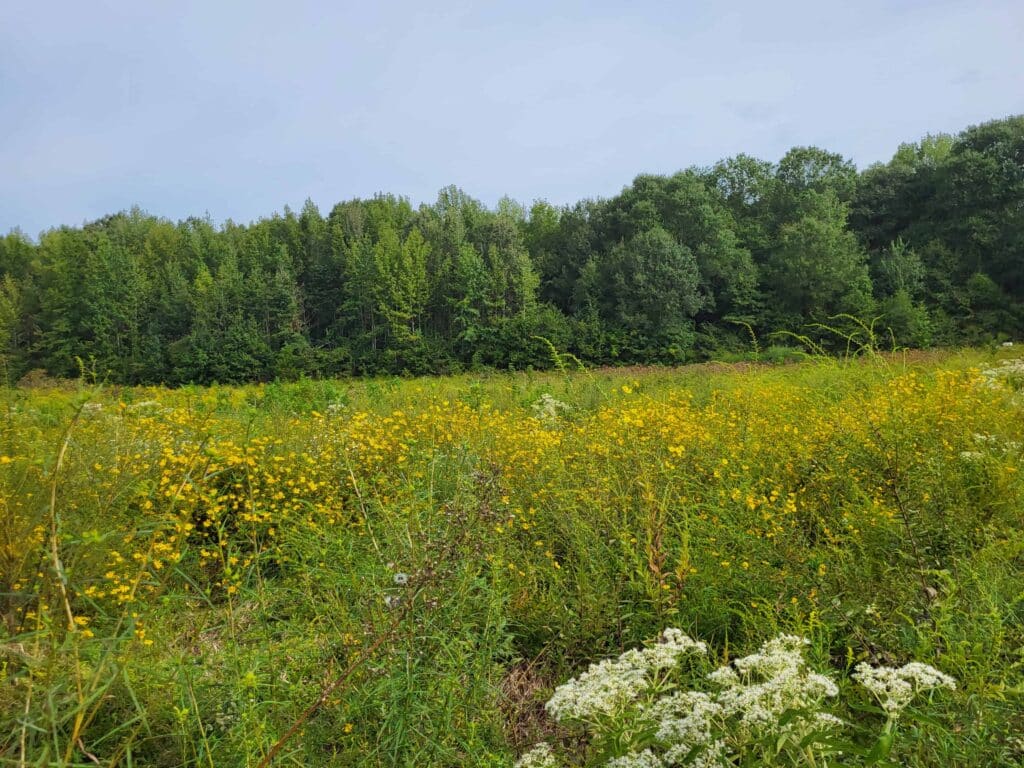
Second broods from breeding quail will hatch this month. Continue to give your mower a rest and save a nest.
If you’re itching to do some habitat improvement work, it’s a good time to spray sericea lespedeza. See your local AGFC private lands biologist for help identifying this exotic, invasive species and offer suggestions on chemical applications.
Properly timed prescribed burns during this month can set back woody vegetation and grasses to favor wildflowers and legumes. Contact your local AGFC private lands biologist for more information on how to conduct a safe and successful prescribed burn.
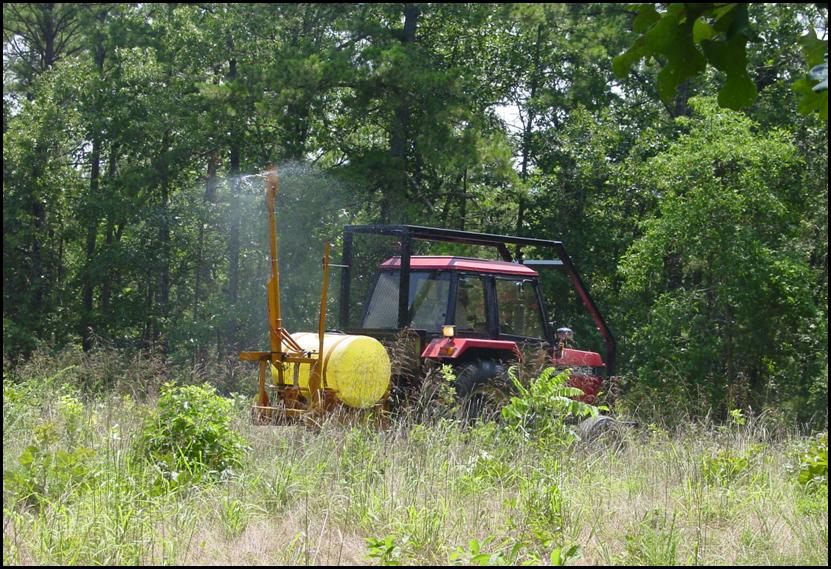
Fall
The quail population reaches its highest level this month with new broods having hatched. Most nesting is finished by now, so trails and firebreaks can be safely mowed.
Coveys with 20 to 30 birds are not uncommon this time of year, as they are going through the “fall shuffle.” During the “shuffle” both juveniles and adults shift from one covey to the other as they are deciding which covey to remain in for the winter. Once this movement settles, more typical covey sizes (12 to 14 birds) are observed. The “shuffle” ncreases genetic diversity and decreasing the likelihood of inbreeding.
Quail relish beggar’s lice which sets seed in September.
Several species of wild grape ripen this month and provide food and overhead cover where they are allowed to grow over old fences or downed debris.
September is a great time for prescribed burns in open fields to control brush. This is also a good time for herbicide treatment on saplings. Be careful with broadcast treatments, as any herbicide effective on brush will also kill desirable forbs.
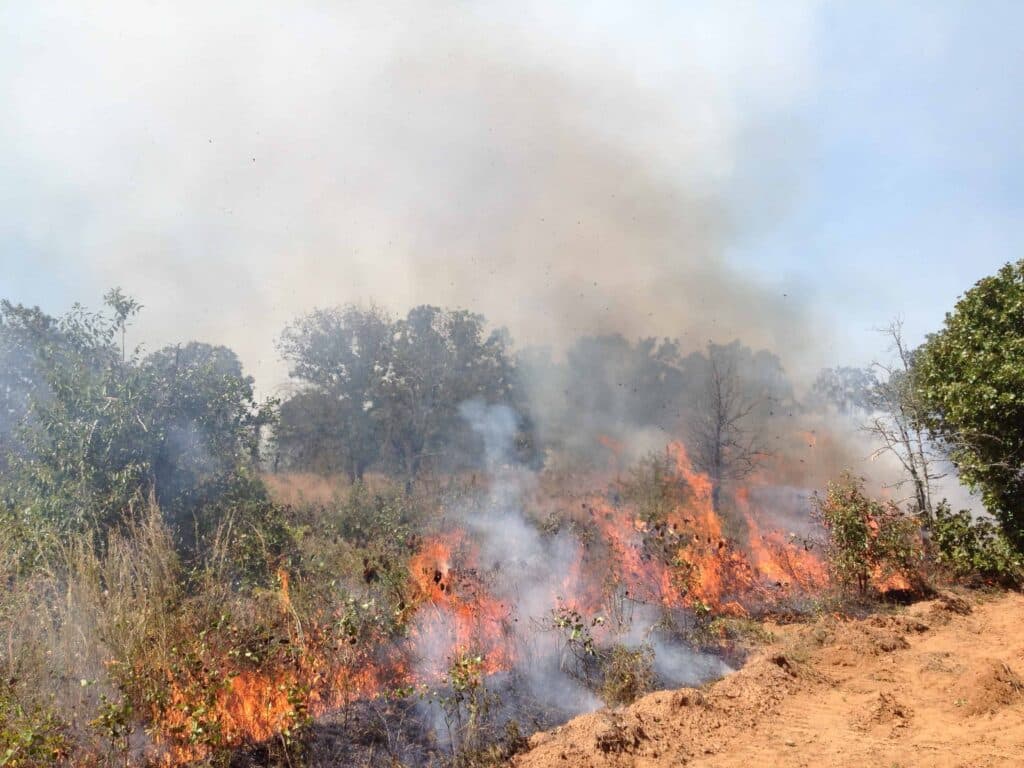
Birds are settling into their respective covey for the winter and begin using dense, shrubby, woody vegetation more, since leaves are dropping and grasses are bending over.
Burn and/or spray fescue to eradicate it from native warm-season grass fields or to begin prepping fields you want to convert to native warm-season grasses and wildflowers.
Conduct fall covey counts during the last two weeks of October to assess how many coveys are present on your land.
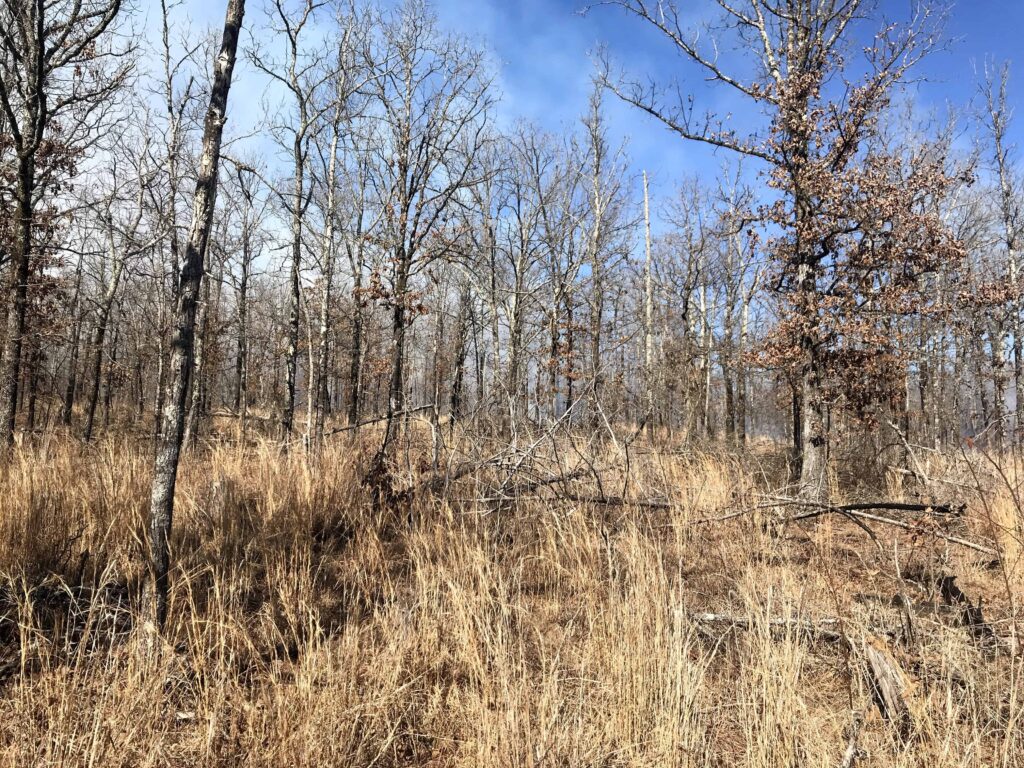
Ragweed seed begins to drop during this month which supplies critical seed source during a time when food is limited.
Small acorns from post, blackjack, chinquapin and willow oaks provide a good source of energy and fat that can mean the difference between surviving a harsh winter. Pine seeds are also a favorite winter food. Identify these areas near open fields and consider opening them up to allow quail to access this important food source. Removing cedar, elm, hickory and smaller oaks can encourage the same grasses and forbs found in nearby fields. Upland timber stands with at least 50% open canopy make great quail habitat.
Disk fields dominated by grasses during November through February to encourage growth of native wildflowers, legumes, and other broadleaf plants critical to attracting insects and providing a seed source for quail.
November is typically the start of cooler weather which lends itself well to completing chainsaw projects. Instant escape cover can be created by feathering the edges where fields meet woodlands, or by hinging or dropping trees that are over 15 feet tall in brushy draws, fencerows and wood lines.
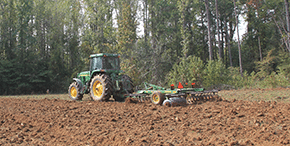
Winter
December is a harsh time of year for quail, as most cover and food are scarce.
Create instant escape cover by dropping eastern red cedars in loose groupings to ensure areas 300 square feet or larger are created. Brush piles that are pushed together to burn are often too thick for quail to use. Keep downed trees loose enough for quail to maneuver.
Seed native wildflowers this month through February to ensure the seed goes through a frost to break open the seed coat and start germination. Milkweeds are a good flower to plant this time of year. It attracts many insects, including the declining monarch butterfly.
After leaf fall is completed, start preparing firebreaks with a leaf blower or disk.
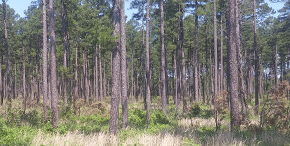
As much as 75 percent of a population of quail can die without adequate cover during harsh winters. Locate areas on your property lacking dense escape cover and create loose brush piles by sawing small trees. Start at the edge of where a field meets a timberline and heavily thin a 30-foot x 50-foot area. Forbs, grasses and shrubs will fill the open spaces with dense cover for future winters.
Increase diversity in your fields dominated by native grasses by conducting prescribed burns this month.
It’s a good time to plant bare-root shrubs to create dense cover quail can use to escape predators, defend against overheating in summer and withstand freezing temperatures and rain in winter.
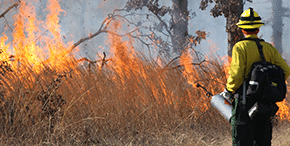
Continue cutting areas to thin timber and create downed tree structures to serve as escape cover from predators and the elements.
Conduct prescribed burns and disk this month to diversify grass-dominated fields.
Broadcast native wildflower seed to create excellent brood-rearing cover for quail and turkey.
It’s a good time to plant bare-root shrubs to create dense cover quail can use to escape predators, defend against overheating in summer and withstand freezing temperatures and rain in winter.
